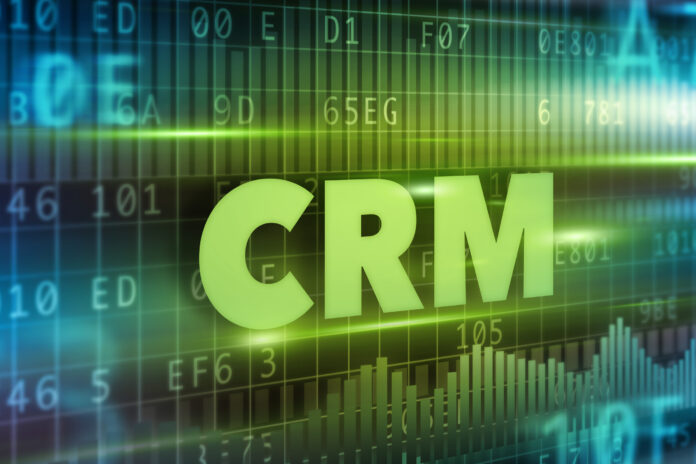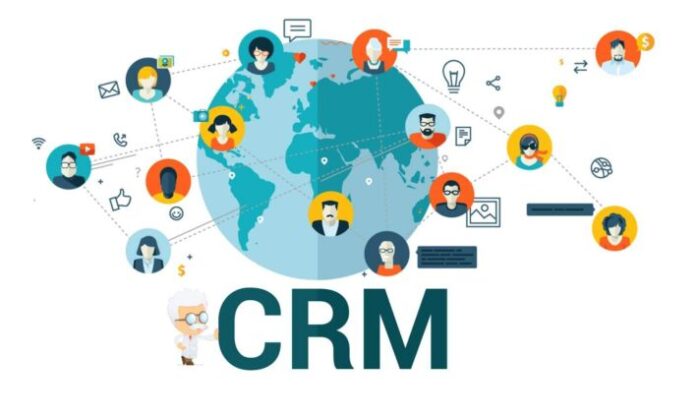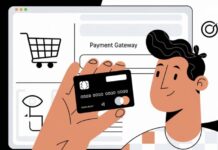
Every day, the business world evolves with new improvements and challenges alike. Survival is therefore highly dependent on how best you handle customers, from the attraction of prospects to the conversion of leads. The stronger the relationship bond the business creates with a customer, the higher the chances of conversion, and retention.
But what is CRM? Customer relationship management is a tool that manages customer data. Companies use it to manage sales, deliver business insights, aid communication across teams, and to integrate with the various social media accounts. Read more about CRM.
Why a CRM system?
Keeping customer details in one place is not easy without CRM. CRM also keeps the contacts updated, tracks every interaction with customers, and manage their accounts. Basically, CRM is built to make customer relationship management seamlessly easy.
Business interaction with customers occurs every day, with employees either interacting with leads in the field or at the office by physical means or over the phone. In the traditional context, your team would collect valuable information on a notebook, computer, or in the form of memory in the head of a sales rep. this is what CRM comes in to sort.
According to twm.com.sg, a customer relationship management tool, CRM collects, segregates, analyzes, stores customer data, and displays the information on reporting dashboards when needed. CRM is therefore not limited to the help it can deliver to business teams. Keep reading to get a superior insightful understanding of a more practical CRM meaning.

Data efficiency and accuracy
Traditional data collection and management systems have high efficiency and accuracy issues. CRM automates data collection to eliminate errors during manual data entry and deliberate adulterations. Now you know why CRM is an efficiency tool, at least by reading this CRM guide.
By collecting and storing customer data, CRM makes realistic data available to the organization at any time. The information collected is also updated and segregated on the basis of customer needs, past interactions, or purchasing trends.
What do CRM systems really do?
As already mentioned, CRM offers a central store for customer-related data. Businesses also use the platforms to monitor interactions with customers, share insights with team members, and get valuable reports for decision making. It is imperative that businesses can only grow if their decisions are backed with credible data. This section of the guide is actually meant to teach you how to use CRM.
CRM, therefore, drives growth and revenue, making it a business wheel every company needs to install and keep spinning and oiling day by day.
With this system in place, all requests, preferences, historic interactions, and contacts about leads and customers are promptly available. This means businesses and employees should try by all means to personalize their interactions with leads and customers. The interactions should also be up to date and relevant to the business.

See a summary of activities that CRM can help you with to ease pressure on business teams while keeping track on deals and growing customer accounts;
| No. | Functionality |
| 1 | Tracking phone calls |
| 2 | Monitoring emails |
| 3 | Keeping track of meetings held as well as the presentations |
| 4 | Schedule follow-ups |
| 5 | Add notes |
Features of CRM systems
This section of information sheds some light on what a CRM platform can do with its various intuitive features. See the table;
| Feature | Description |
| Management of customer contacts | CRM makes it easier to track customer interactions, services, conversions, preferences, and contacts in one place. Basically, all relevant customer-related information. |
| Leads management
|
CRM users can track or monitor pipeline activities, follow up targets, and assigned tasks. This happens from attraction to conversion of leads. |
| Sales forecasting
|
The available customer data is used by CRM systems to generate relevant reports to managers. The reports can be used by managers or sales teams to classify leads more productively, mirror their sales situations, and how closer or far they are to meeting targets, as well as providing a clear forecast on revenue and growth. These reports can also be used by managers to motivate well-performing team members as well as design relevant training and assistance to members who experience challenges closing deals or meeting their targets.
|
| Email tracking
|
This feature permits the synchronization of CRM with email clients. It, therefore, supports interactions with customers without having to switch between different apps. Apart from allowing Gmail, the sync functionality also allows integration with contacts and calendar. Emails can, therefore, be generated and tasks scheduled and managed from a central workflow.
|
| Messaging | CRM has an instant messaging tool that eliminates the barrier between coworkers. Employees use this feature to interact with each other on queries, sharing insights, supporting sales, and many other interactions that are relevant to the business. Managers can also use this functionality to check on staff while they are in the field. Employees can also use it to access the spot support and get feedback from managers on need basis while they are out in the fields.
|
| Reports | CRM displays all customer data in an inbuilt dashboard. Managers can easily customize the types of information needed for display. More advanced CRM integrates with better features to provide more realistic reports with better graphical displays that make it easier to understand and make decisions quicker. |
Working remotely with CRM
Advancements in technology together with increased intelligence make physical office spaces more and more irrelevant. As new technology becomes the norm, making the workplace more virtual, cloud CRM comes in to support the sales team to meet their targets while working remotely.
CRM systems with mobile-enabled interfaces make this more realistic. Sales reps can, therefore, access customer-related information from anywhere and even provide updates to team members immediately without waiting to get back to the office-based desktop computer.
Read more on this link if you want to get real experience in CRM.

Integration with other apps
Changing between several marketing platforms and social media accounts may not be easy especially if you are using the different accounts to drive marketing campaigns. CRM comes in to centralize everything in a single platform with an intuitive integration feature.
Worldwide CRM acceptance
Let’s look at some statistics on world CRM adoption.
| Adoption rates and relevant CRM reports | |
| CRM usage | Use of CRM amplified from 15% in 2010 to 97% in 2019 |
| Over 90% of companies with 10+ workers are using CRM | |
| Mobile CRM | Over 60% of sales reps using mobile CRM meet sales targets. Only about 20% of sales reps who do not use mobile CRM are meeting sales targets |
| Impact on business | More than 64% of businesses that use cloud CRM rate it as impactful |
| Revenue | The CRM software revenue augmented from 14 Billion to 37 Billion USD between 2010 and 2017. It is anticipated to hit the 80 Billion USD mark in 2025. |











